The level of spread of respiratory infectious diseases in China has started to decline, but the nation has not yet passed its seasonal flu period, health experts and authorities said on Sunday.
Chen Cao, a researcher at the Chinese Center for Disease Control and Prevention's National Institute for Viral Disease Control and Prevention, said that during the week from Jan 13 to 19, the ratio of flu-like cases among all hospital visits had decreased compared to the previous week.
"The positivity rate of influenza flu and mycoplasma pneumoniae has been falling continuously, and the spread of the COVID-19 disease and other respiratory pathogens has begun dropping," he said.
"Overall, the activities of influenza flu and other respiratory pathogens have become less intense, and the epidemic level of respiratory illnesses is falling."
Chen Wenhui, chief physician at China-Japan Friendship Hospital, said that the number of outpatient visits with influenza at the hospital has been trending downward markedly.
"Monitoring data shows that flu levels had peaked around late December and early January and have been falling gradually since then to reach regular levels at present," she said.
Mi Feng, spokesman for the National Health Commission, added that all pathogens in circulation in China are caused by known strains, and no new pathogens have been detected.
Despite the decrease in flu, Chen Cao, from the China CDC, said that China is still in its winter and spring flu season, which typically lasts from November to February or March.
He advised the public to maintain good personal hygiene by developing habits such as wearing masks when visiting hospitals, using public transportation or exploring crowded public spaces, as well as washing hands immediately after touching public facilities.
Chen Cao stressed that it is still necessary to receive flu vaccines, especially for high-risk groups such as the elderly, children and people with chronic illnesses.
With this year's Spring Festival holiday starting on Tuesday, he suggested intensifying ventilation in indoor spaces and avoiding crowds or gatherings when experiencing fever or coughing.










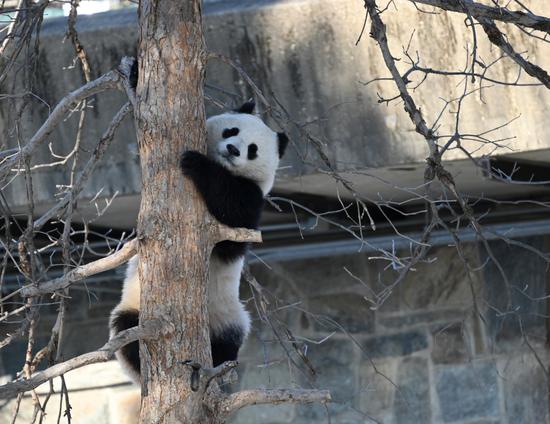





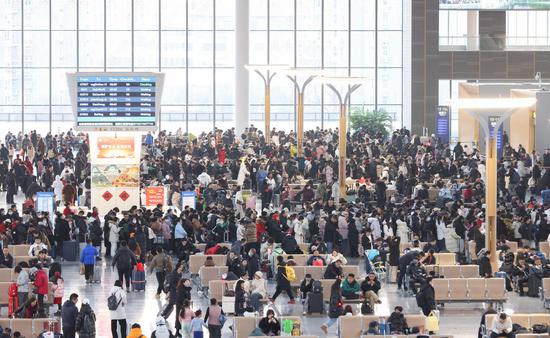




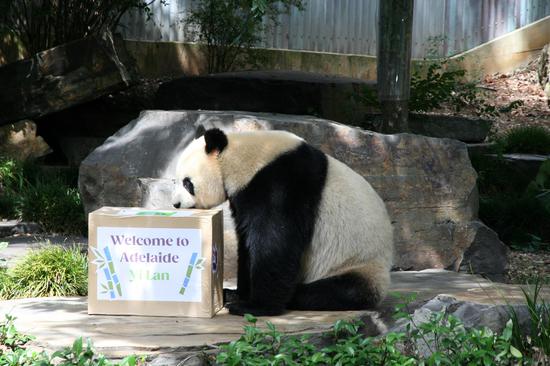











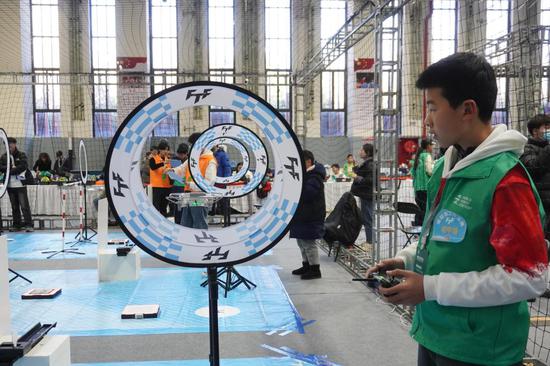





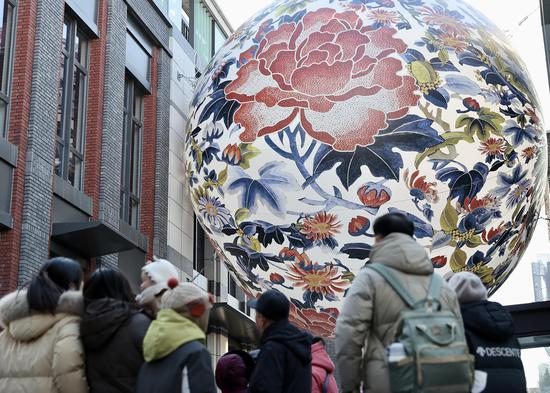

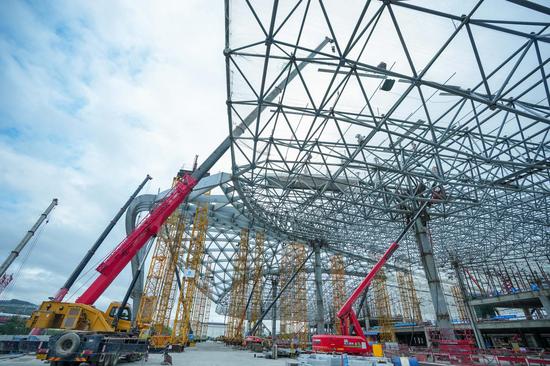
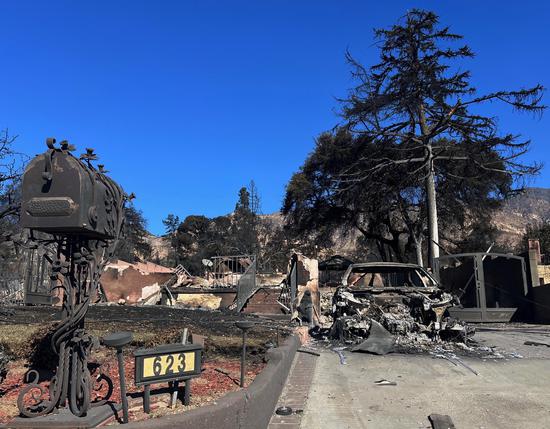

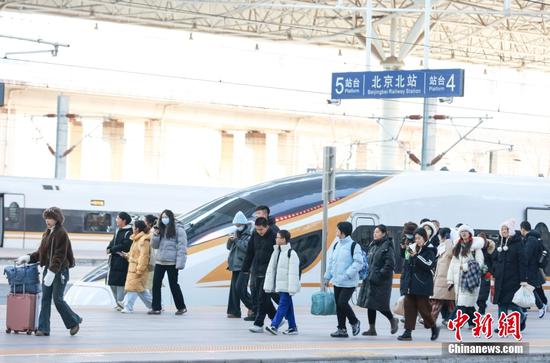





 京公网安备 11010202009201号
京公网安备 11010202009201号
